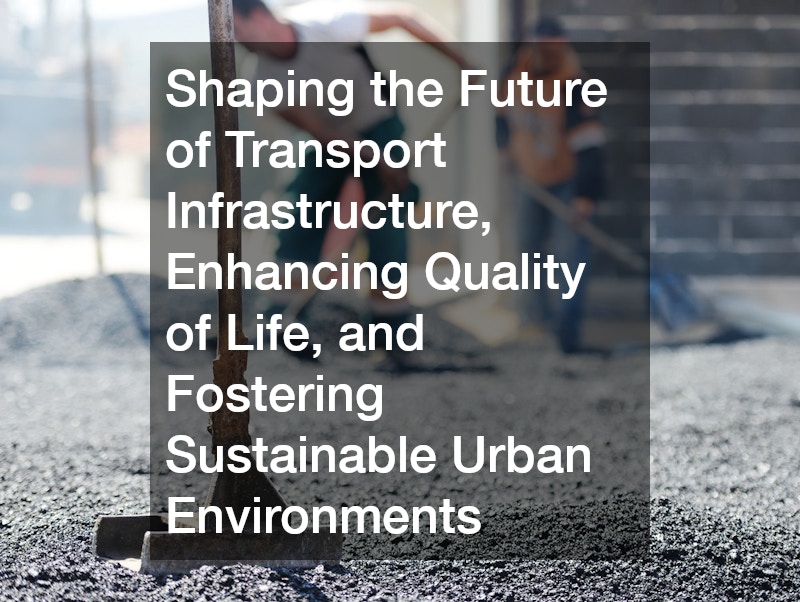Asphalt paving is a crucial component in the creation of long-lasting and durable roads, driveways, and parking lots. As traffic density increases and climatic conditions fluctuate more than ever, selecting the right paving solutions becomes critical. Embracing cutting-edge technology and materials, modern paving ensures resilience and longevity.
The process of paving has evolved significantly over the years, integrating innovative practices that enhance quality and durability. From residential driveways to large highways, proper paving methods play a vital role in sustaining the infrastructure. By focusing on effective techniques and materials, we can extend the lifespan and performance of these surfaces.
Asphalt paving is not just about laying down material; it’s about creating surfaces that stand the test of time and reduce maintenance costs. As urban landscapes grow, it is imperative to adopt paving solutions that are both economically and environmentally sustainable. The focus on long-lasting paving results in benefits like smoother rides, fewer repairs, and enhanced safety for all users.
The Science Behind Asphalt Paving
Asphalt paving relies heavily on scientific advancements to optimize its composition and application techniques. Engineers and developers constantly innovate to improve the mixture design, balancing aggregates, binders, and additives to achieve maximum strength and flexibility. The goal is to create high-performance asphalt that can withstand heavy loads and extreme weather conditions.
One of the critical elements of paving is the use of quality binders, which serve as the glue holding the aggregate together. These binders, often derived from crude oil, are modified using polymers or other materials to enhance their performance. By understanding the chemical properties of each component, engineers can tailor the mixture to specific environmental and traffic conditions.
Technological advancements in laying techniques also contribute significantly to the durability of paving. Precision equipment ensures even distribution and compaction, eliminating weak spots that could lead to premature wear or failure. By employing state-of-the-art paving techniques, contractors can ensure a uniform surface that maximizes longevity and safety.
Benefits of Long-Lasting Asphalt Paving Solutions
Selecting asphalt paving solutions that are built to last provides numerous benefits, both immediate and long-term. Financially, investing in high-quality paving reduces the frequency of repairs and replacements, saving municipalities and businesses money. Additionally, durable surfaces require less maintenance, minimizing disruption to traffic and reducing associated costs.
Environmentally, having enduring paving helps in reducing the carbon footprint by lowering the demand for new materials and energy-intensive construction activities. These solutions often incorporate recycled materials, contributing to resource conservation and sustainability. The emissions during the lifecycle of durable asphalt are significantly less, supporting environmental preservation efforts.
From a societal standpoint, long-lasting paving enhances safety and convenience for road users. Smooth, well-maintained roads lead to safer driving conditions, reducing the risk of accidents. The longevity of these surfaces plays a crucial role in maintaining the efficiency of transportation systems, contributing to the overall quality of life in urban and rural areas alike.
Challenges in Implementing Durable Asphalt Paving
Despite its advantages, implementing long-lasting paving solutions is not without challenges. One of the primary obstacles is the initial cost of high-quality materials and advanced technology required for their application. Organizations must balance the benefits of long-term savings with the upfront investment required.
Additionally, climatic conditions pose a significant challenge to achieving longevity in paving. Variable weather patterns, including extreme heat and cold, can subject asphalt surfaces to expansion and contraction, leading to cracks and deterioration. Developers must incorporate resilient designs that can adapt to these environmental stressors.
Logistic issues, such as the availability of skilled labor and equipment, can also hinder the widespread implementation of durable asphalt paving solutions. Ensuring that projects have access to the necessary resources and expertise is vital for the success of long-lasting paving initiatives. Addressing these challenges is crucial to advancing infrastructure sustainability.
Asphalt paving solutions that prioritize durability are essential for creating sustainable and efficient infrastructure. By investing in high-quality materials and employing innovative techniques, we can extend the life of our roads and driveways significantly. These solutions not only provide economic and environmental benefits but also enhance safety and comfort for all road users.
As urbanization rates continue to rise, the demand for sustainable infrastructure solutions like long-lasting paving will only increase. By addressing the challenges posed and harnessing scientific advancements, we can build resilient surfaces that serve communities better. Embracing these long-term approaches can transform the way we perceive and utilize infrastructure systems.
Ultimately, ensuring that asphalt paving solutions are built to last should be a primary objective for engineers, developers, and policymakers alike. These strategic decisions will play a pivotal role in shaping the future of transport infrastructure, enhancing quality of life, and fostering sustainable urban environments. Committing to durable solutions now ensures a more reliable and efficient tomorrow.

